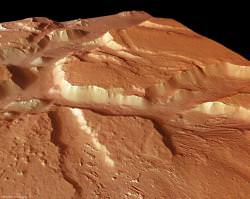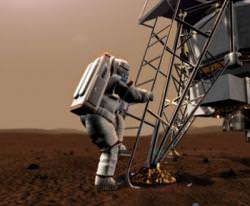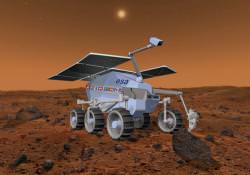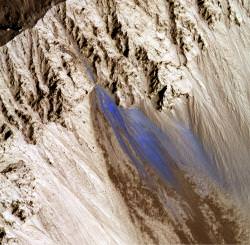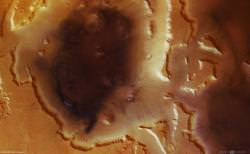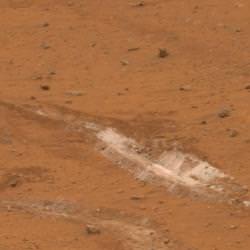There are only two rovers operating on the surface of Mars right now, but over the next few years, the Red Planet is going to be crawling with robots from Earth. From NASA, we’ll see the Mars Phoenix Lander, and the Mars Science Laboratory, but one of the most interesting missions occurs in 2013 with the European ExoMars mission. This week, its funding agencies renewed their commitment to the mission, and amazingly, encouraged designers to think even bigger.
On the surface, the ExoMars rover looks similar to NASA’s Spirit and Opportunity rovers, with a six-wheeled design and outstretched solar wings. It also has a set of cameras on a raised boom, giving it the ability to look around. It will be equipped with a suite of scientific instruments designed to search for life on the surface of Mars.
Project teams were recently given the authorization to design a version of the rover with a weight of 205 kg (450 pounds); so massive that it can only be launched on a heavy-lift vehicle like the Ariane 5 rocket. This is a larger, and much more expensive version than what was originally approved by the space agency’s members in 2005.
If all goes well, ExoMars will arrive on the surface of Mars in September, 2014, landing with a vented airbag system similar to what was used by Spirit and Opportunity. Unlike the Mars rovers, which were looking for past evidence of water, ExoMars is primarily looking for life, with a suite of instruments designed to detect the chemical traces of life in the Martian soil.
Here’s a link to the ExoMars homepage.
Original Source: STFC News Release

